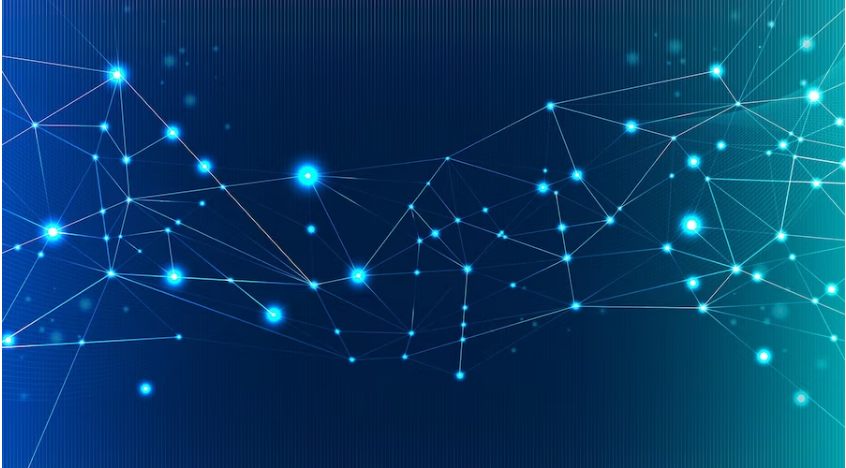Rather than requiring organizations to invest upfront in high-capacity hardware, SASE scales resources on demand. This eliminates overprovisioning and optimizes operational costs.
SASE integrates multiple networking and security capabilities and functions into a single, unified cloud-delivered solution. This includes SD-WAN, Zero Trust Network Access (ZTNA), SWG, CASB, and FWaaS.
For enterprises, a single provider must manage a complete SASE architecture. This ensures faster and easier integration, support, and future upgrades.
Pay-as-you-go Model
In contrast to a traditional network setup that requires enterprises to invest in excess capacity, secure access service edge (SASE) delivers security on demand. It’s a unified service that provides a package of networking and security capabilities and enables organizations to dynamically scale up or down on demand based on real-time traffic needs.
This shifts the security focus from traffic flow to identity, reducing complexity and cost. Enterprises work with fewer vendors, have reduced reliance on hardware appliances, and can eliminate expensive infrastructure like MPLS and IPsec VPNs.
Another significant benefit of SASE is a lower risk of cyberattacks that require costly downtime to recover from. A SASE solution protects the entire enterprise network, not just a single data center or specific application. Its unified policy management also enables organizations to respond faster to threats, limiting business interruptions and reducing the financial impact of successful attacks. The scalability of SASE also makes it an excellent option for remote offices and mobile workers who require secure access to applications, data, and resources.
Zero Trust Framework
Zero trust requires a comprehensive security approach incorporating the “never trust, always verify.” This involves continuously checking identities and granting access permissions with the least privilege based on user roles and responsibilities. It also limits the blast radius of a breach when one occurs.
This framework requires multiple advanced technologies, including risk-based multi-factor authentication, identity protection, and next-generation endpoint technology. It also requires the collection of behavioral data, which improves visibility into what is happening on your network. This allows you to respond to changes in behavior, reducing the chance of a data breach or other security incident occurring.
Zero trust security supports the work-from-anywhere, anytime model that many businesses require. It integrates with cloud workload security, providing unified visibility and protection across diverse environments. It also supports global data privacy regulations, such as GDPR and CCPA, and provides agility to adopt new tools and platforms without security lags. It also enables compliance with NIST 800-207, the most comprehensive and vendor-neutral standard for Zero Trust.
Edge-Centric Security
With digital organizations moving to work from anywhere, including remote locations and software-as-a-service applications, the traditional demarcation point between inside and outside the enterprise needs to be reimagined. SASE takes on this challenge and converges networking and security services into a single architecture that allows users to access network resources from any location or device.
By leveraging software-defined networking (SDN) principles, SASE can eliminate the need for expensive Multiprotocol Label Switching (MPLS) lines and infrastructure to connect to network security and connectivity services. It also provides scalability, allowing organizations to adapt and evolve their network infrastructure while maintaining high performance.
When choosing a SASE solution, it is essential to ensure the service offers comprehensive security capabilities that include Zero Trust Network Access (ZTNA), data loss prevention (DLP), secure web gateways (SWG), and next-generation firewalls. It is also worth checking whether the SASE provider guarantees uptime and offers a range of options for enterprise-grade security solutions that are constantly updated to tackle new cyberattacks. This helps to ensure that the platform stays effective over time and does not become a single point of failure or exposure.
Enhanced Security Posture
With the rise in cyber attacks, it’s crucial to prioritize network security. A robust security posture involves using tools like antivirus software, intrusion detection systems, and firewalls to protect digital information and systems from cyber threats. It also includes deploying strong access controls, ensuring only authorized people can access critical data.
A robust security posture also requires establishing vulnerability management practices and regularly assessing the status of an organization’s security posture. This helps identify areas vulnerable to cyberattacks and provides CISOs with the necessary visibility to establish effective cybersecurity programs.
Lastly, a secure security posture must continuously monitor the environment to detect and respond to new threats. This is where tools like security information and event management (SIEM) come in handy. These tools provide a centralized view of an organization’s IT environment, allowing SIEM to detect and respond to real-time security alerts. This is the key to detecting and responding to vulnerabilities before they become an issue.
Cloud-Native Architecture
In a digital landscape where remote work is the norm and cloud adoption is increasing, traditional security models struggle and need help to keep up. SASE offers a solution that provides secure and optimized connectivity for users across distributed environments.
The SASE framework combines networking and security services into a unified platform, eliminating siloed solutions that create vulnerabilities. SASE vendors integrate functions like firewall as a service (FWaaS), secure web gateways (SWGs), and Zero Trust network access (ZTNA) to provide a dynamic perimeter that ensures only authenticated users with authorized devices can gain access to applications.
Other capabilities include identity and access management (IAM), threat detection and response, CASB capabilities, and encryption services to protect data between on-premises and cloud environments. Additionally, SASE vendors implement immutability – each version of a SASE component is a separate container that can be updated and replaced without disrupting the rest of the architecture. This eliminates dependencies between components, reducing downtime when one fails and making identifying the root causes of issues easier. It also enables engineers to replace failed microservices quickly, resulting in faster recovery times.
